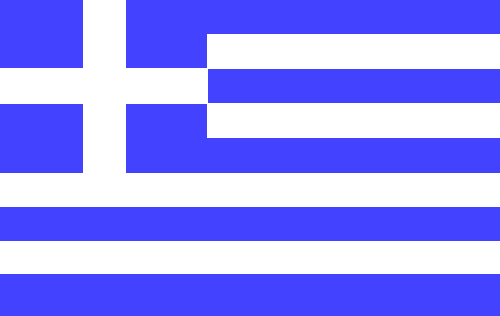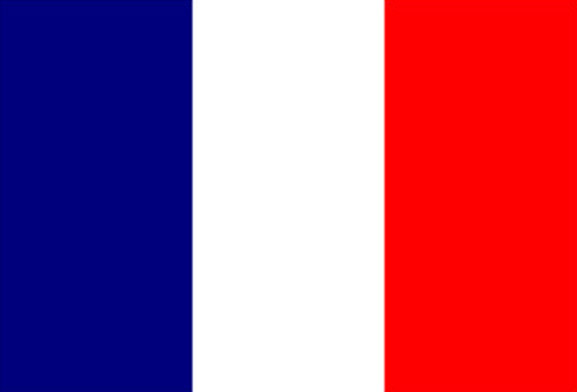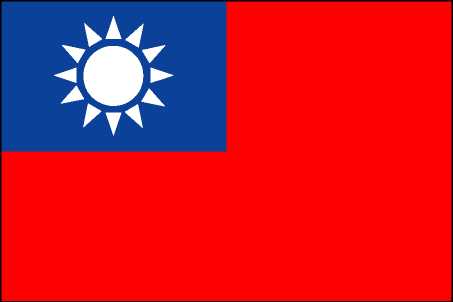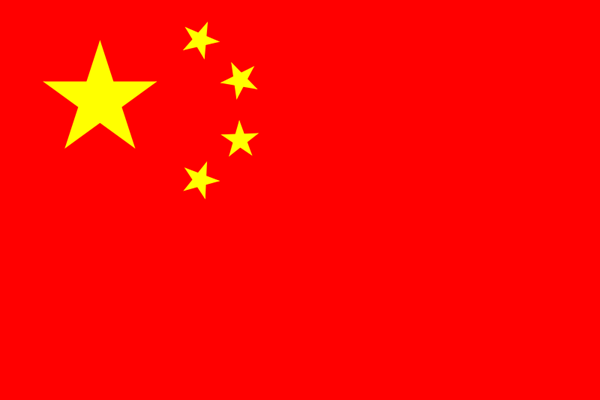France is the largest country in Western Europe and is a key figure on the global political stage. It has a rich and varied history which still very much shapes the country today. It was one of the main colonial powers in the 19th century, and had territories in North Africa, South Asia and the Caribbean. Today, it still has over a dozen overseas territories spread throughout the world, as well as one of the most richly diverse multicultural populations.
Capital City: Paris is the capital and largest city in France, situated in the north of the country. Thanks to its influence in business, culture, politics, science, media and fashion, it is considered one of the world’s most important cities.
The city is steeped in history and culture, which attracts more than 40 million tourists a year, making Paris the most visited city in the world. The tourists flock to see such attractions as the Eiffel Tower, the Louvre art museum (which houses the Mona Lisa) and the Arc de Triomphe (all of which you can see above).
Government: Since 2007, Nicolas Sarkozy has been the elected President and Head of State. He appointed Francois Fillon to lead the Government as Prime Minister.













